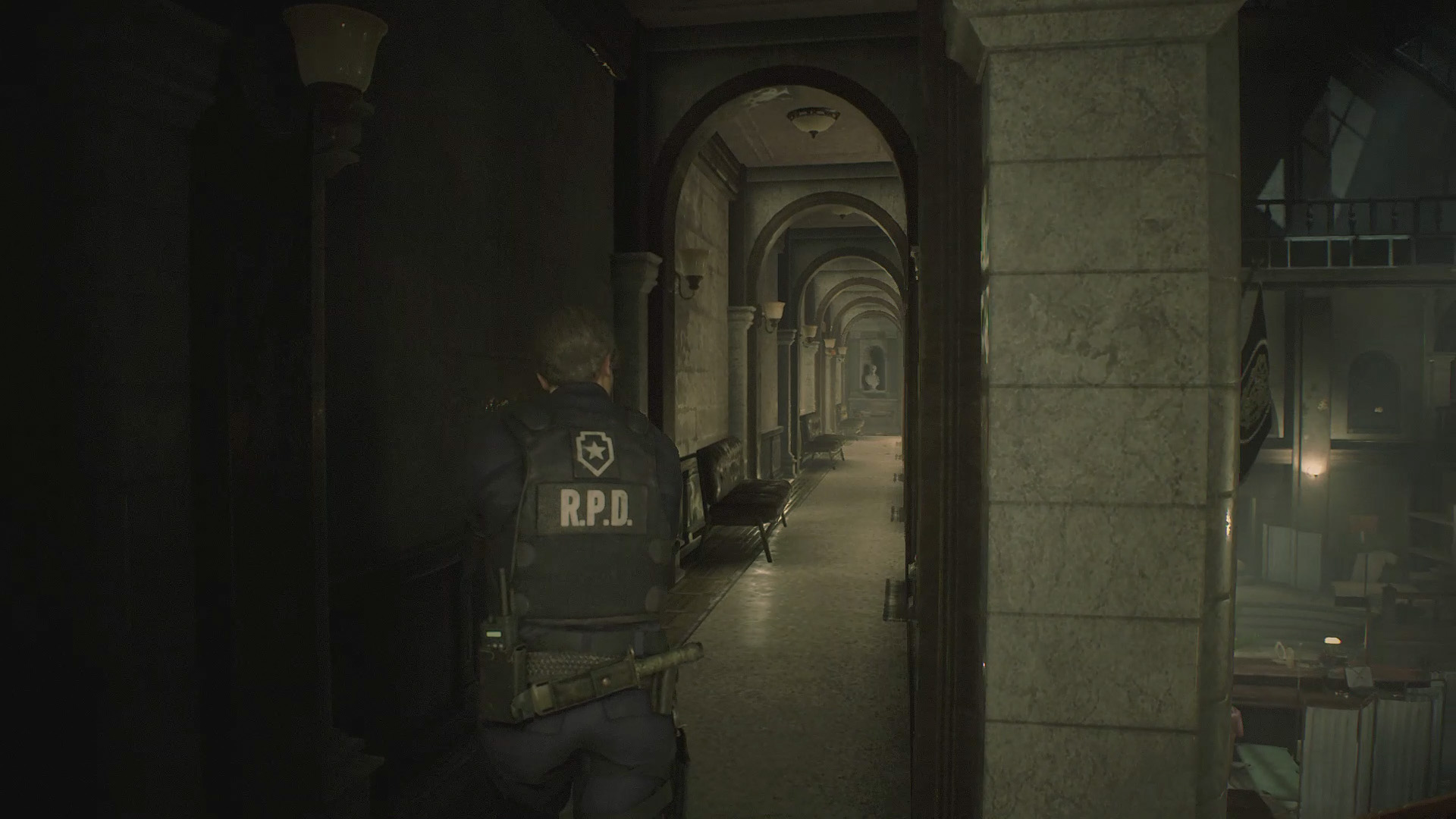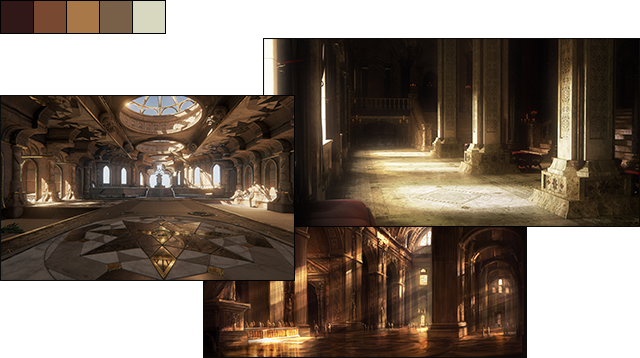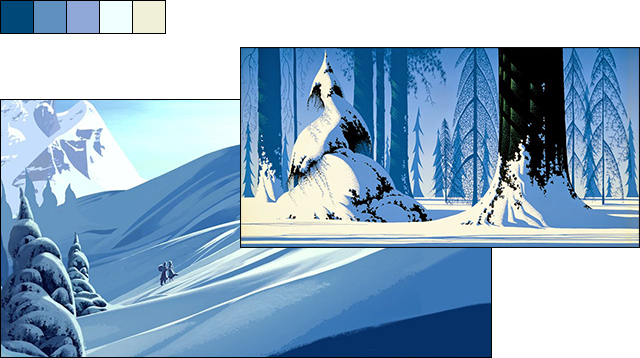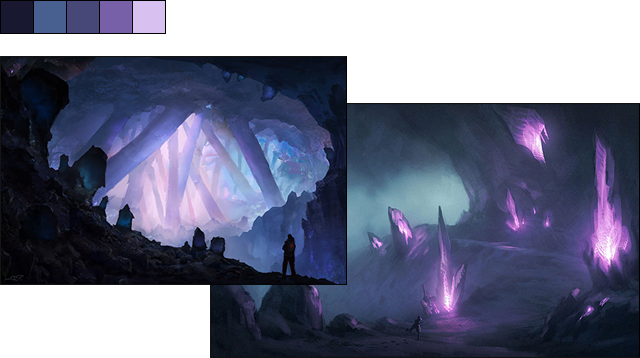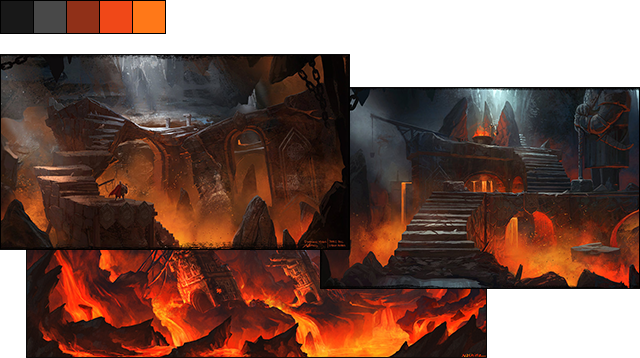Level Design
LD patterns and gameplay spaces
|
On the micro-scale, the first step consists in analyzing the game mechanics, and brainstorming all ways to turn each single of them into interesting situations on pen and paper: Level Design patterns. Using Rational Game Design helps creating a wide variety of patterns, and defining the challenge represented by each of them. |
On a macro-scale, Level Design requires to visualize the experience as a whole: theme, landmarks... but also the players' different playstyles, and the emotions we want them to experience. It's all about spaces, lines of sight and instincts. This great article from Christopher W. Totten has always been one of my main references in this field. |
|
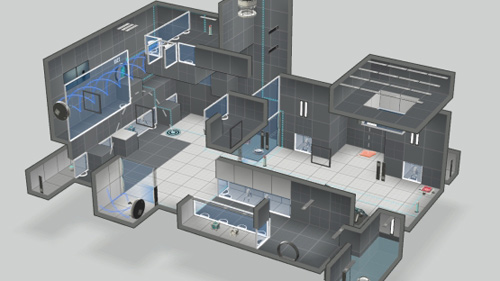 Portal is the best example that comes to my mind. The whole game revolves around the usage of a simple tool through many different patterns |
|
Unique identities
|
Designing levels with unique identities is the best way to create an experience players will remember. This is the reason why I like to brainstorm with Artists the kinds of environments we could create, and the elements that would compose it. Firstly, each level should be based on a theme strong enough for players to easily refer to: "you can find this item the volcano level", or "I finally beat the boss in the Swamp". Landmarks are crucial to ensure players never get lost, and always have a tool to estimate scales and distances. Each of them must be as unique as the level theme, and as much visible as possible. Secondly, the greater the contrast of colors is, the more unique the levels look like. Some Designers believe color palettes convey different emotions. I partially agree with them. The truth is the meaning is highly subjective to the cultural background of each individual, and we can only assume specific colors would convey specific emotions. |
|
Guiding techniques
This section gathers few examples of the different ways Designers can better guide players throughout their levels. These guidance techniques are especially useful in PVE linear experiences - but can also be applied to PVP games as well.
Humans instinctively get attracted by the sight of movements. This is natural reflex that we inherit from thousands years of evolution: anything that moves can be a threat. Birds flying away in the distance, shaking bushes, blinking lights, even the animated coins from Super Mario Bros easily catch the players' attention.
Likewise, plays of light can be exploited to encourage the player to follow specific routes. For example, Left 4 Dead only includes night and interior maps. This choice adds to the ambient atmosphere - but also allows the developers to instinctively guide players throughout the map. Here an example from the campaign "No Mercy":

Left 4 Dead (click to enlarge)
I also recommend to read my article "Camouflage and Feedback in Video Games" to have a better overview of the different techniques Designers can use.
